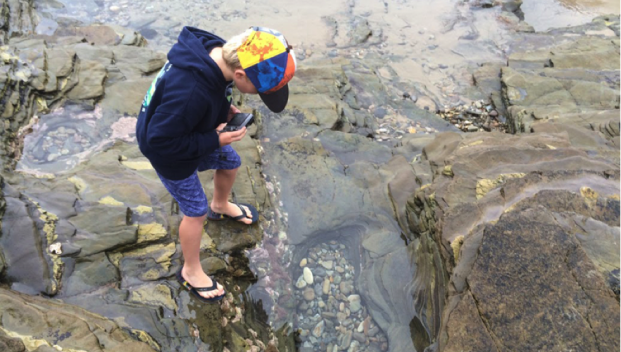
Cnhi Network
BioBlitz! Sizing up mother nature, one species at a time
Packing the basic tool of scientific inquiry – a smartphone – an army of data-hungry nature lovers will ... Read more

Packing the basic tool of scientific inquiry – a smartphone – an army of data-hungry nature lovers will ... Read more

Packing the basic tool of scientific inquiry – a smartphone – an army of data-hungry nature lovers will ... Read more